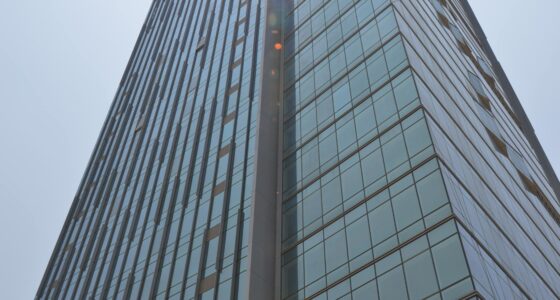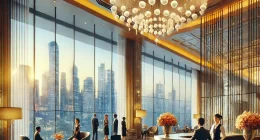Industrial and warehouse logistics park supply estimated at 330 million square feet (mn sq ft) by 2023 with Grade A accounting for 48%; occupancies to remain healthy in the range of 85-90% supported by robust demand from e-commerce and 3PL
By Varun Singh
Increasing formalization of the sector, preference for Grade A warehousing facilities and implementation of the Goods and Services Tax accelerated the growth of the industrial and warehouse logistics parks (IWLP). The overall supply witnessed a CAGR of 17% during 2016-2021 to 258 mn sq ft with increase in Grade A supply mix from 30% in 2016 to 45% in 2021.The sector attracted investment of around Rs. 26,500 crore between FY2017 and FY2022 from various global logistics operators and foreign investors, such as CPPIB, GLP, Blackstone, ESR, Allianz, GIC, and CDC Group.
Commenting on the demand trends, Mathew Kurian, Vice President, ICRA, said, “E-commerce and 3PL sectors have been the key demand drivers over the last two years, as these segments witnessed growth even during the Covid period. For the eight primary markets[1], the Grade A warehouse supply is likely to grow at a CAGR of 15% to 159 million sq. ft. by Dec-2023 from 116 million sq. ft. as of Jun-2021 led by the e-commerce and 3PL sectors. Investments under the PLI scheme in the focus sectors, such as, electronics, automotive and pharmaceuticals will also support the demand for industrial segment. As a result, the occupancies for the IWLP are expected to remain healthy in the range of 85-90%.”
Over 75% of Grade A supply in India is backed by these global operators / investors. Long-term growth prospects for the sector are supported by demand for Grade A space and significant interest from global operators and institutional investors. Top five markets for the industrial and warehouse logistics park segment, namely, Mumbai, NCR, Pune, Chennai, and Kolkata, account for nearly two-third of the Grade A capacity in India. Notwithstanding the favourable growth prospects, the industry faces near term challenges due to the input cost pressures and high competition resulting from presence of many domestic and global players in the sector. Giving more insights
Kurian added: “ICRA notes that, given the sharp increase in steel prices over the past year, the developers have gone slow on awarding fresh construction contracts and focused on leasing the available area. This is expected to reduce the vacancy by end of CY2022. In case of a sustained increase in input prices by more than 15% from current levels, ICRA estimates that the warehouse developers to increase the rental rate by Rs.1-2 per sq ft per month, to neutralise the impact of the input cost pressure on their equity IRR. Nonetheless, the price-sensitive occupiers such as the 3PL are expected to wait for the correction in costs before leasing at higher rate or alternately consider shifting to cheaper micro-markets. The steep increase in land prices also poses a challenge for the players as commensurate increase in rental rates would be constrained by the highly competitive nature of the industry.”
The eight primary markets comprise of Mumbai, NCR, Pune, Chennai, Bengaluru, Kolkata, Hyderabad, and Ahmedabad.
Also Read: Coming Soon at Lodha’s Palava a logistic Park spread over 72 acres









